
Save Millions in Electricity Bills Every Year Just by Cleaning This Hidden Spot in Your Rice Cooker
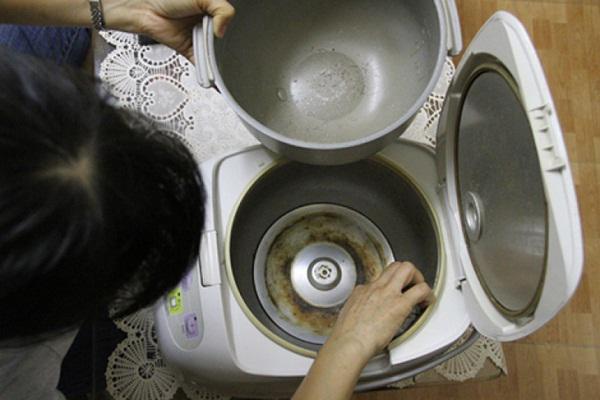
If not cleaned properly, this specific part of the rice cooker can lead to higher electricity consumption, reduced appliance lifespan, and poorly cooked rice — sometimes burnt, sometimes unevenly cooked, or not cooked through at all.
Rice cookers are among the most frequently used kitchen appliances in almost every household. Yet, surprisingly few people pay attention to cleaning them thoroughly. Over time, you might notice that your rice cooker takes longer to cook, uses more electricity, or the rice no longer comes out fluffy and tasty. In some cases, it may even develop a strange burnt smell.
What’s Causing These Issues?
One of the most common — but often overlooked — reasons is poor maintenance. Many people only clean the inner pot and outer surface but forget a very important component: the heating plate, also known as the thermal plate, located at the bottom inside the cooker, beneath the inner pot.
This heating plate is the main element responsible for generating heat to cook the rice. It works similarly to an electric stove, with a circular design that heats up when the cooker is turned on. Over time, rice particles, oil, dust, or residue can stick to this plate. When dirty, it doesn’t distribute heat evenly, which causes the cooker to work harder, waste more electricity, and deliver subpar cooking performance.
Why Cleaning the Heating Plate Matters
The heating plate significantly impacts:
-
How efficiently your cooker uses electricity
-
The lifespan of the appliance
-
The flavor and texture of your cooked rice
Neglecting it can result in long cooking times, half-cooked or burnt rice, and even damage to the inner pot or the heating system over time. Cleaning it regularly can help your rice cooker work like new again — and even save you up to millions of VND per year on your electricity bill, especially if your household cooks rice daily.
How to Clean the Heating Plate Easily at Home
You don’t need any fancy tools or expensive cleaners — just a few simple household items:
You’ll need:
-
White vinegar
-
A sponge with a rough scrub side
-
A soft, damp cloth or wet wipes
-
Dry paper towels
Step-by-Step Instructions:
-
Pour white vinegar onto the rough side of the sponge. This will help break down grime and grease stuck on the heating plate.
-
Gently scrub the heating plate, focusing on any burnt spots or buildup. Be careful not to use sharp or metallic tools that can scratch the surface.
-
Don’t forget to clean the bottom area around the plate, as dust and food particles may accumulate there too.
-
Let the vinegar sit for 10–15 minutes to further loosen stubborn grime. After that, use the sponge to scrub again.
-
Use a damp cloth or wet wipes to thoroughly wipe off any remaining dirt and vinegar. You may repeat the cleaning process a few times if necessary.
-
Finally, dry the area with paper towels to remove any excess moisture. Make sure no water or vinegar remains before using the cooker again.
A Cleaner Rice Cooker = Better Performance and More Savings
Once the heating plate is clean, you'll notice your rice cooks faster, tastes better, and the cooker runs more efficiently. This simple habit, if done once every 1–2 weeks, can extend the life of your rice cooker by years and cut down on unnecessary electricity usage — which can add up to significant savings over time.
Tip: Consider setting a reminder to clean your rice cooker’s heating plate regularly, especially if you cook rice every day.
News in the same category

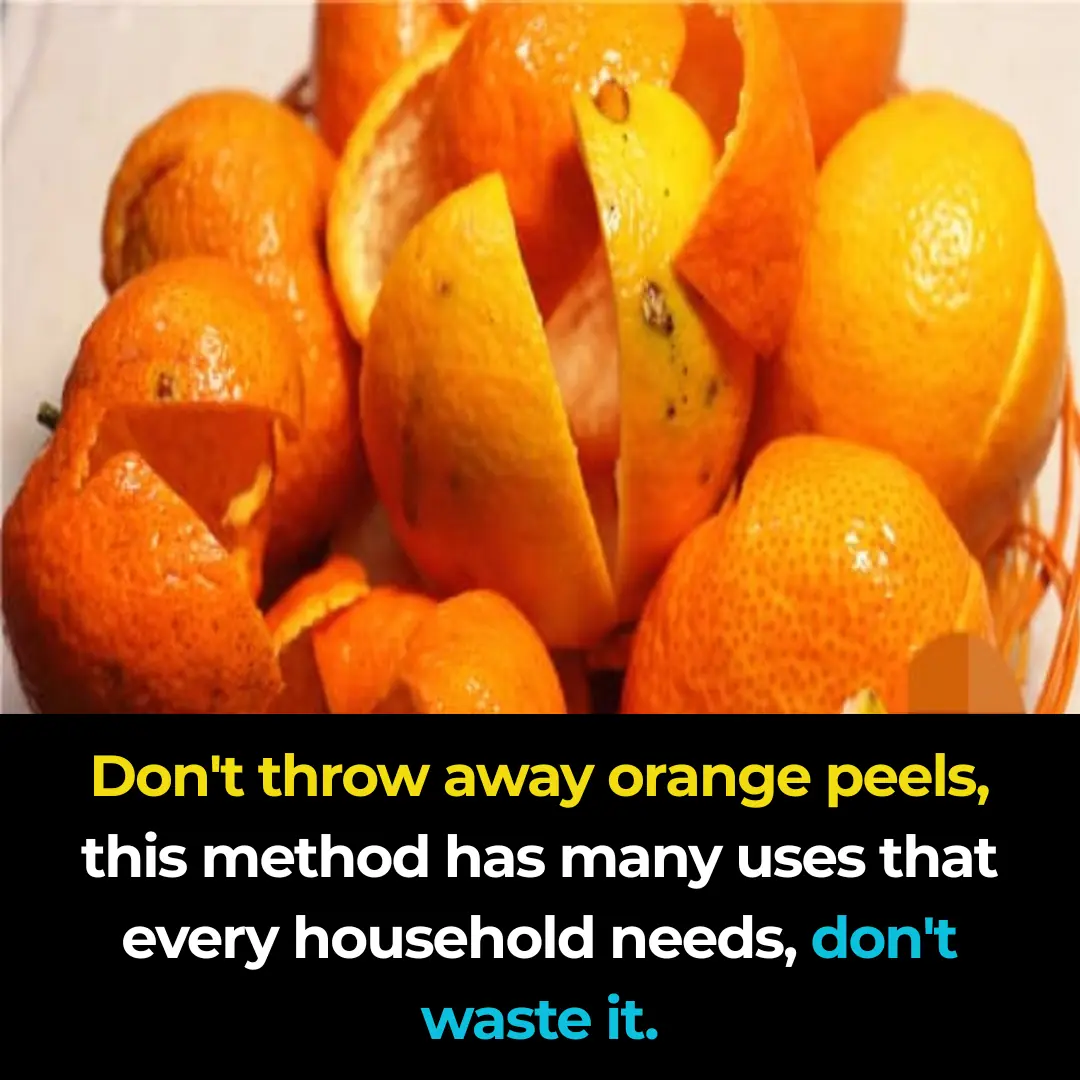
Don't throw away orange peels; use this method for multiple useful purposes that every household needs. Don't waste them!

Here are 3 simple methods to make sure there are no mice in your house.

Soak Garlic in Vinegar This Way to Keep It White, Crunchy, and Delicious

Eat These 5 Fruits to Avoid Magnesium Deficiency, Keep Your Heart Healthy and Your Bones Strong 👇👇👇
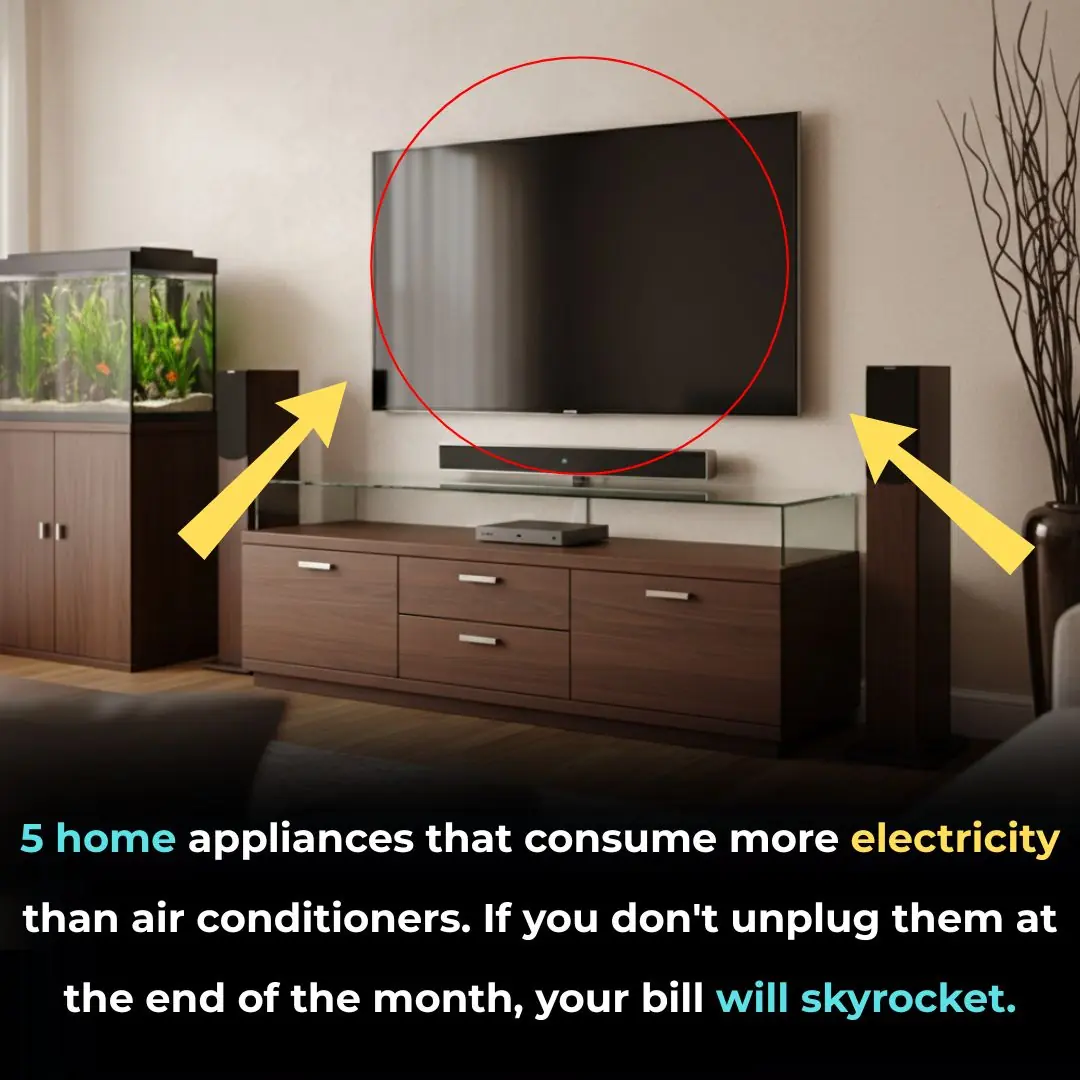
5 home appliances that consume more electricity than air conditioners. If you don't unplug them at the end of the month, your bill will skyrocket

What is black vinegar? Nutritional value and uses of black vinegar

How to make fish mint juice that is not fishy, easy to drink, helps slim body, whiten skin

A plant with a distinctive aroma: Both a spice and a 'miracle drug' for health

Take 1 ice cube and drop it into the rice cooker: A great use that every family wants to follow.

How to make banana vinegar with just 4 simple ingredients, you will have a delicious finished product
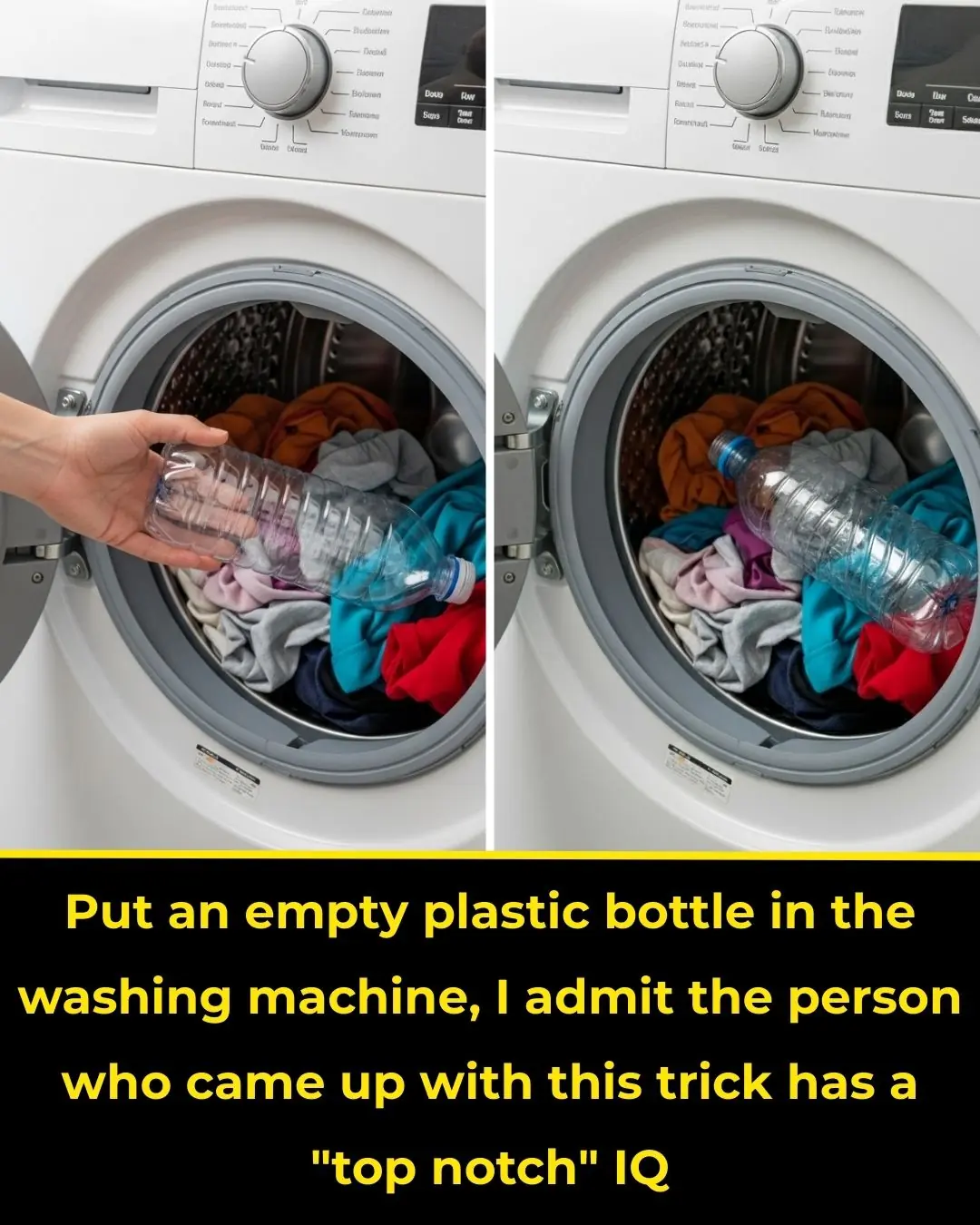
Put an empty plastic bottle in the washing machine, I admit the person who came up with this trick has a "top notch" IQ
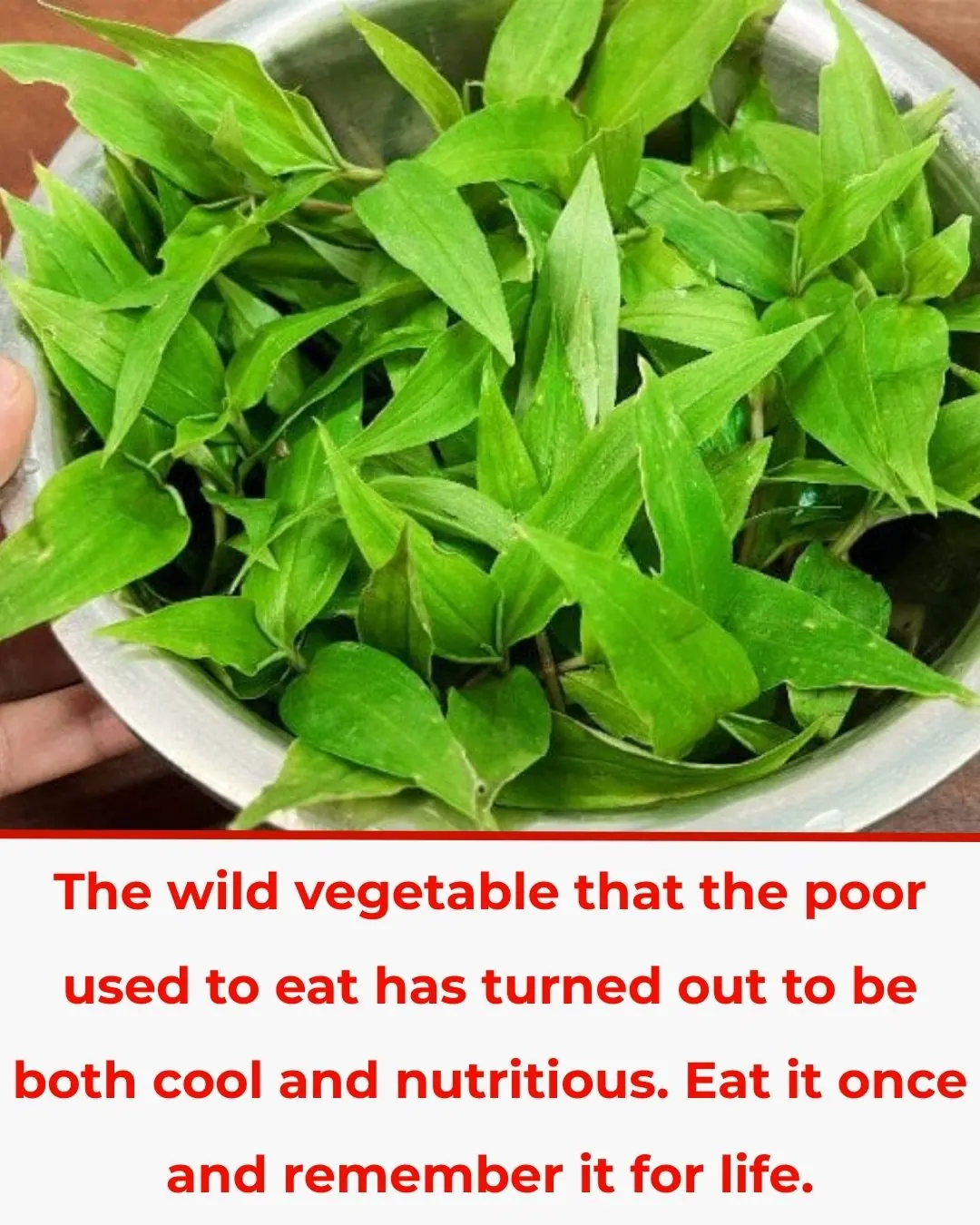
The wild vegetable that the poor used to eat turned out to be both cool and nutritious. Eat it once and remember it for life.

Drop essential oil on garlic: Hang it in the window or corner of the house for great benefits.

Crush a handful of betel leaves and use it as a mask: dry, dark, and patchy skin will become white, smooth, and supple like a baby's skin

Put onion slices on the soles of your feet, great benefits, both men and women need
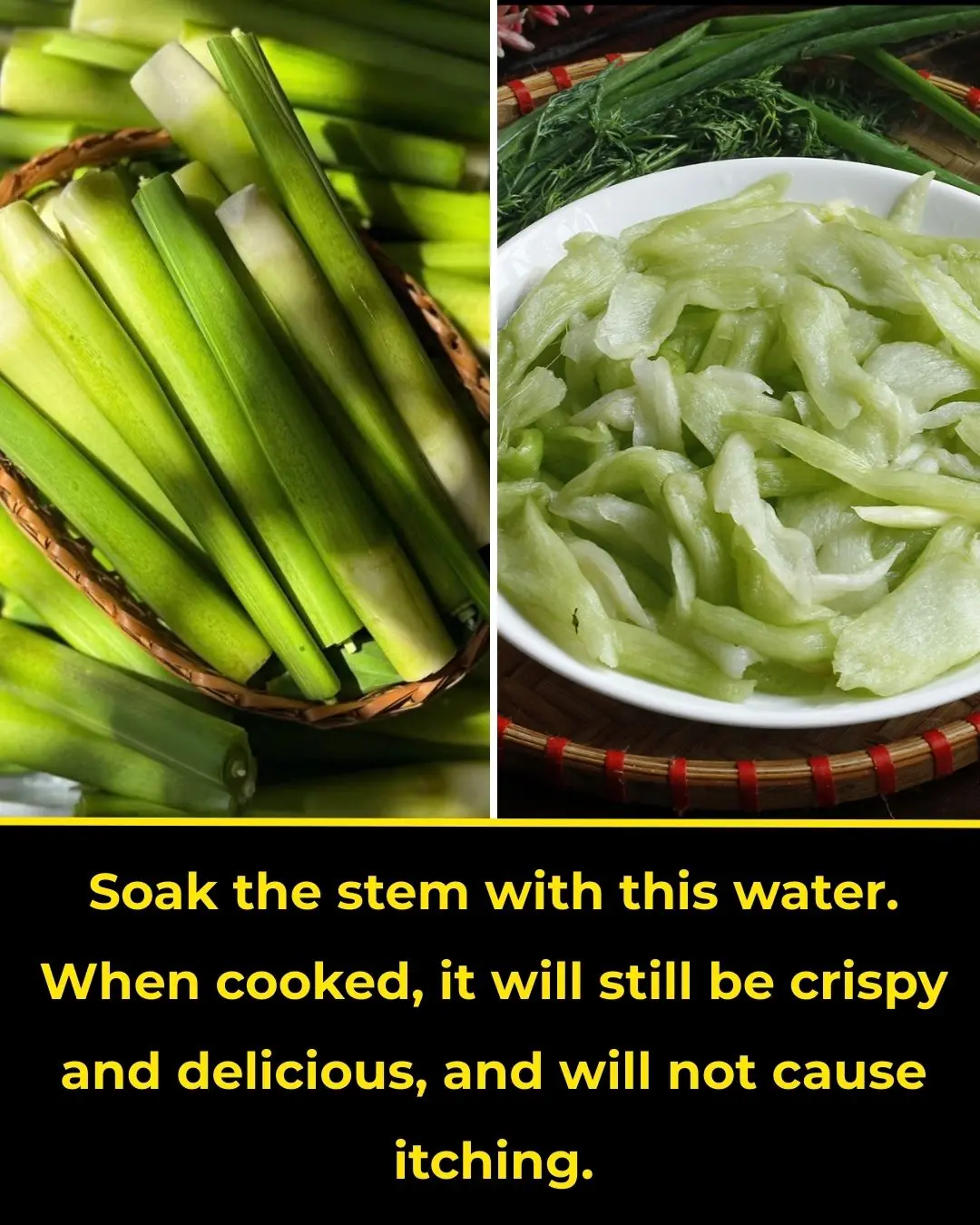
Soak the stem with this water. When cooked, it will still be crispy and delicious, and will not cause itching

Never Eat Eggs With These 6 Foods — A Dangerous Combination for Your Health
By avoiding these six food pairings and choosing the right cooking methods, you can enjoy eggs as a powerhouse of nutrition without compromising your health.
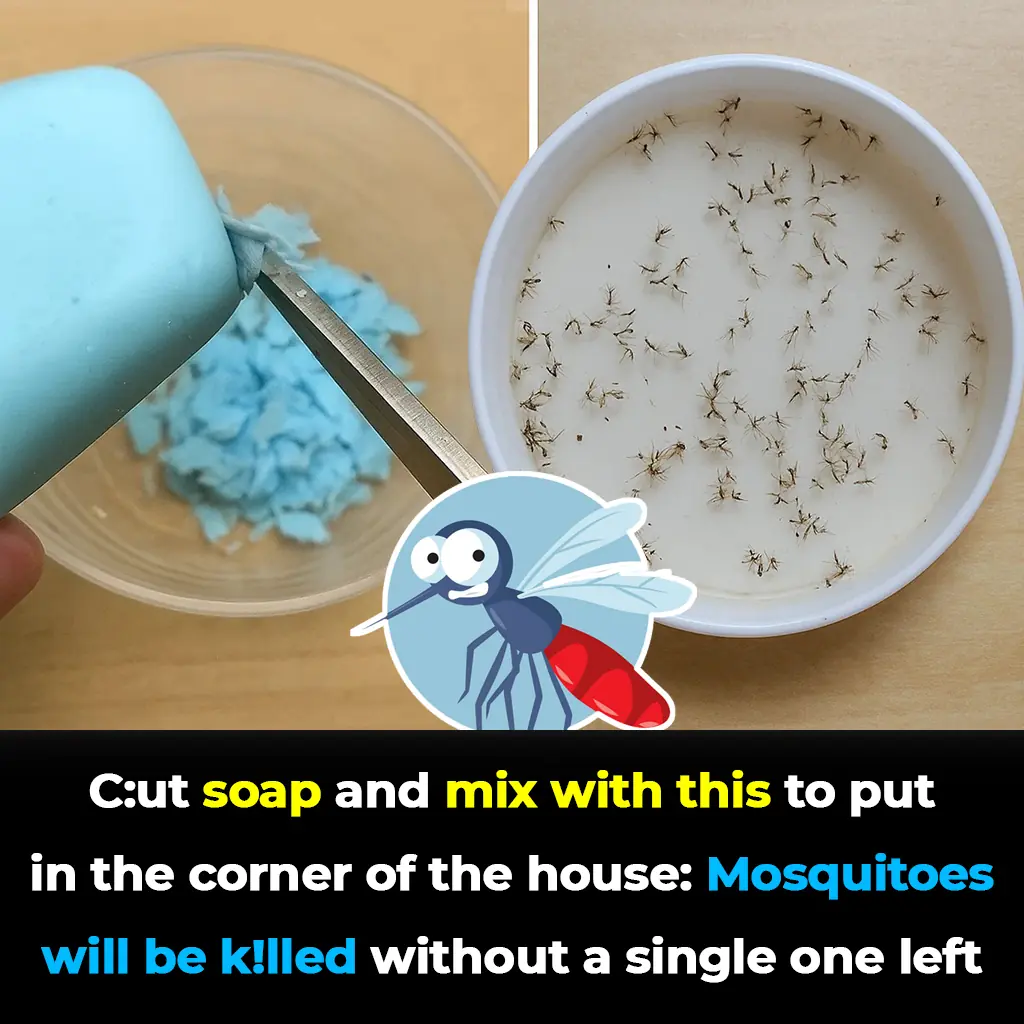
Cut soap and mix with this to put in the corner of the house: Mosquitoes will fly black
With these simple hacks—soap and sugar water, repellent plants, lemon with cloves, and coffee ground smoke—you can protect your home naturally.
News Post

Every washing machine has this small part; open it once a month, and your clothes will smell fresh while your machine stays clean and lasts longer.

Don't throw away orange peels; use this method for multiple useful purposes that every household needs. Don't waste them!

Here are 3 simple methods to make sure there are no mice in your house.

Eat cloves every day, but avoid this common mistake!

What really happens to your kidneys when you drink coconut water

12 everyday habits that quietly raise your stroke ri:sk

Fern Leaves Benefits and Uses: A Hidden Natural Remedy for Health and Home

The Best Tea for Mornings and After Dinner: A Powerful Blend for Health

Soak Garlic in Vinegar This Way to Keep It White, Crunchy, and Delicious

Eat These 5 Fruits to Avoid Magnesium Deficiency, Keep Your Heart Healthy and Your Bones Strong 👇👇👇

7 Powerful Fruits That May Help Prevent and Fight Cancer

Goodbye Swelling, Weak Muscles, and Joint Pain! 18 Collagen-Rich Foods You MUST Eat for Your Legs and Joints

Scientifically Proven Health Benefits of Avocado and Avocado Seeds

Claim: a juice regimen reportedly cleared can:cer cells in 42 days

Why a Man Turns His Back On You When He Sleeps

Why Public Bathroom Doors Don’t Reach the Floor?

The Unexpected Connection Between Dreams and Dementia or Parkinson’s Disease

Apple fans divided as key component is axed from new AirPods Pro 3
